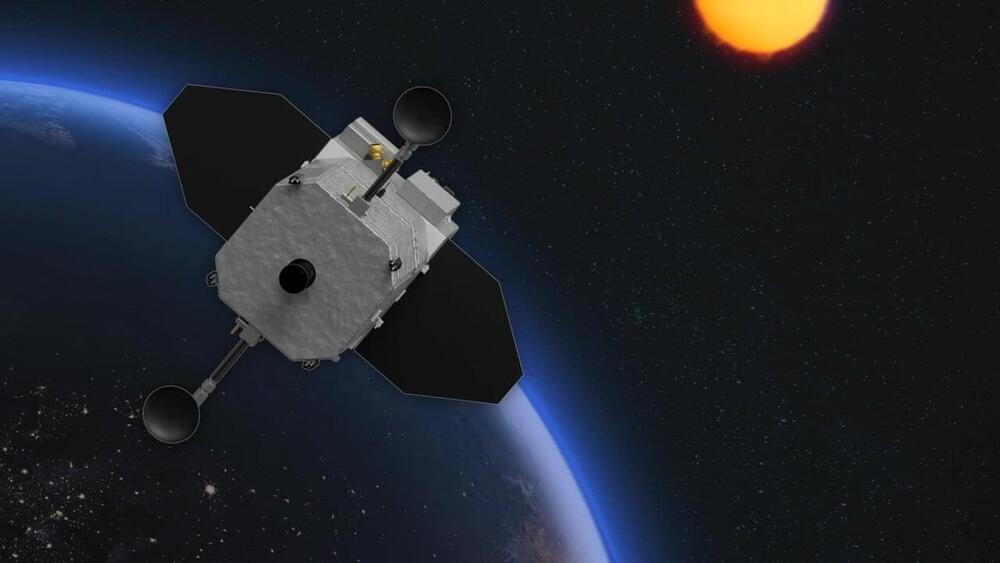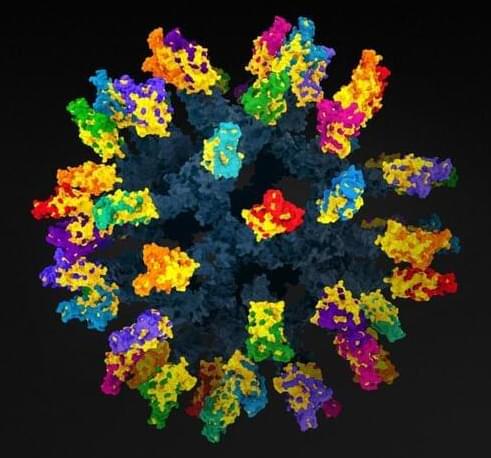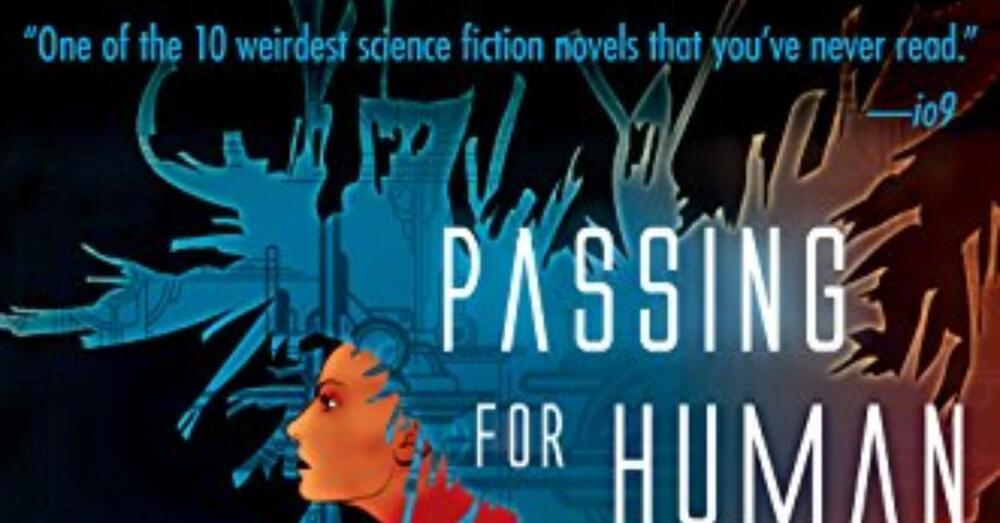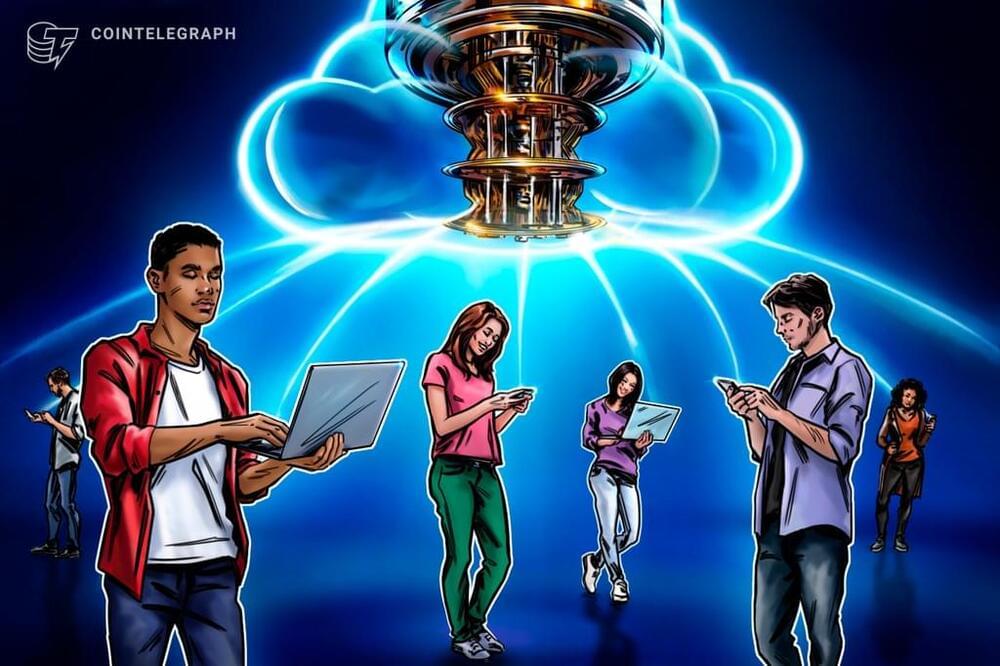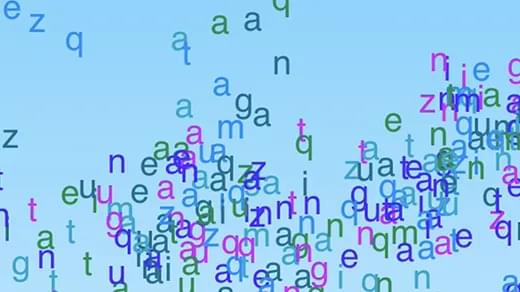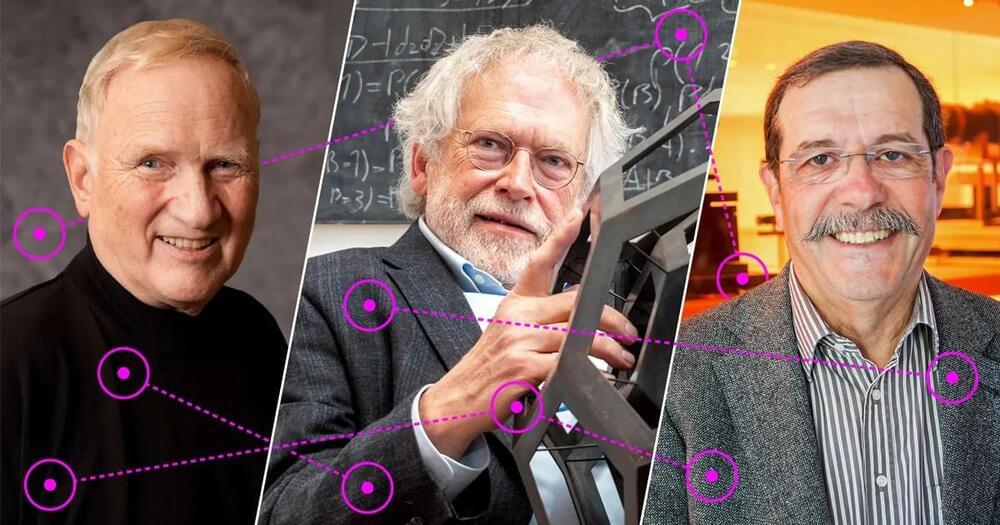This week the FCC voted 4–0 to approve a new effort to help satellite providers like SpaceX offer wireless cell phone service from space. SpaceX’s Starlink service already had a deal in place with T-Mobile to offer phone service in areas that currently does not have it.
“The Notice of Proposed Rulemaking adopted today proposes a framework through which satellite operators collaborating with terrestrial service providers would be able to obtain FCC authorization to operate space stations on certain currently licensed, flexible-use spectrum allocated to terrestrial services. The Commission is proposing to add a mobile-satellite service allocation on some terrestrial flexible-use bands.” The FCC said in a statement.
The FCC went on to say that this service could “serve a wireless provider’s customers should they need connectivity in remote areas, for example in the middle of the Chihuahuan Desert, Lake Michigan, the 100-Mile Wilderness, or the Uinta Mountains.”

